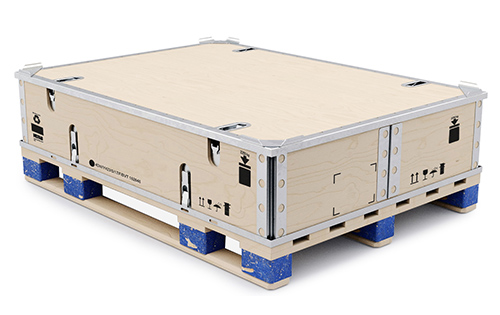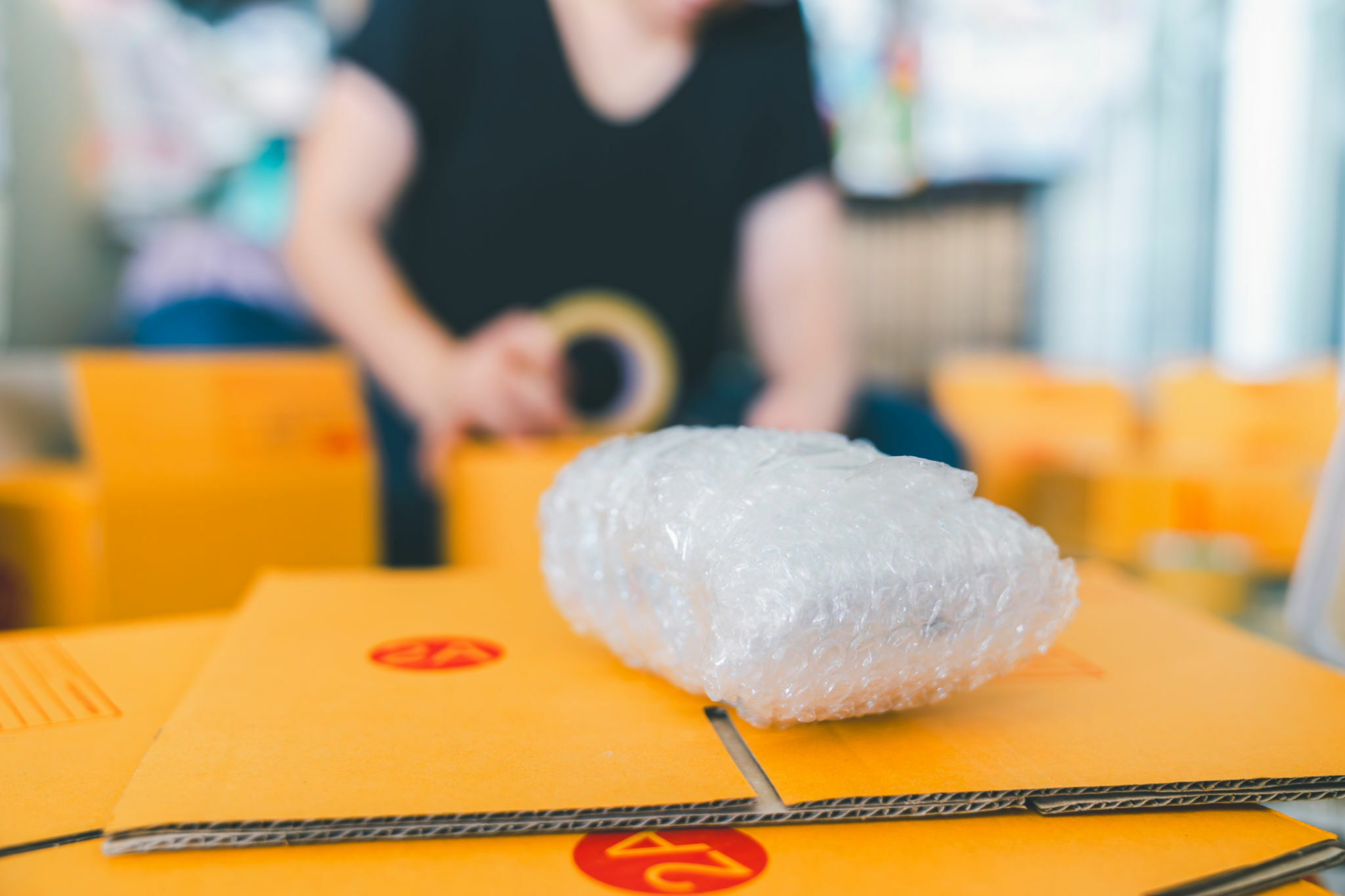Plastic Container Manufacturer Quality: Crafting Solutions for You
Effective Industrial Recycling Solutions for Lasting Product Packaging: A Comprehensive Overview
In today's significantly environmentally-conscious world, the demand for sustainable packaging options has actually never been higher. To meet this demand, organizations throughout sectors are proactively looking for efficient industrial recycling remedies. Navigating the complex landscape of lasting product packaging can be testing without a thorough overview. That's where this thorough guide on reliable industrial recycling options for lasting packaging can be found in. By checking out crucial areas such as product packaging material choice, creating for recyclability, applying reusing infrastructure, collaborating with reusing companions, and tracking and gauging recycling success, this guide will equip you with the expertise and devices necessary to make informed decisions and drive favorable modification within your company. Whether you're a packaging professional, sustainability manager, or just thinking about the topic, this overview will certainly give important understandings and approaches to help you navigate the globe of lasting product packaging.
Product Packaging Product Option
The option of packaging materials plays an important duty in making certain the sustainability of commercial recycling remedies. The choice of products is vital in minimizing ecological influence and maximizing reusing performance when it comes to lasting product packaging. Choosing the best materials can help reduce waste generation, preserve sources, and promote a circular economy.
Products like cardboard, paper, glass, and certain kinds of plastics can be recycled several times without losing their high quality. On the other hand, materials that are challenging to reuse, such as mixed plastics or non-recyclable compounds, can produce obstacles for the reusing process and may end up in burners or landfills.
An additional factor to consider is making use of biodegradable and eco-friendly materials. Product packaging made from renewable energies, such as plant-based plastics or biopolymers, can help reduce dependency on fossil fuels and minimize climate modification. In addition, biodegradable products damage down normally over time, decreasing the buildup of waste in land fills.
In addition, the weight and quantity of packaging products ought to be decreased to reduce transportation prices and energy usage. Light-weight products not only need less resources throughout production but additionally add to decrease carbon discharges during transport.
Creating for Recyclability
Product packaging designers should prioritize the usage of products that are widely accepted for recycling and have developed recycling frameworks. Materials such as glass, aluminum, and particular kinds of plastic, like Family pet and HDPE, are frequently recycled and must be liked over materials that are costly or tough to recycle.
Another crucial factor to consider in making for recyclability is the removal of unnecessary elements or materials. By reducing the variety of layers, layers, and added components, packaging can be made easier and simpler to reuse. Furthermore, developers must aim to decrease making use of combined materials, as they can complicate the reusing procedure.

Implementing Recycling Facilities
Reliable execution of reusing facilities is important for the success of industrial reusing solutions. Without proper infrastructure in position, the recycling procedure comes to be inefficient and ineffective, impeding the total objective of sustainable product packaging.
To apply reusing infrastructure successfully, numerous crucial aspects require to be taken into consideration. Firstly, there must be a well-organized collection system that facilitates the separation and collection of recyclable materials. This can include designated recycling bins in public areas, as well as partnerships with waste administration business for curbside pick-up and sorting.
Once accumulated, the recyclable materials need to be moved to reusing facilities in a timely fashion. This needs reliable logistics and transport networks, guaranteeing that the materials get to the suitable facilities immediately.
At the reusing centers, progressed sorting and handling innovations ought to remain in area to divide different kinds of products successfully. This includes using automated sorting devices, optical scanners, and hands-on sorting techniques.
Furthermore, there must be a robust market need for recycled products. This can be achieved via cooperations with makers and industries that utilize recycled products in their production procedures. Producing a steady market for recycled materials incentivizes the reusing market and advertises the circular economic situation.
Working Together With Recycling Allies

One secret element of teaming up with reusing partners is the facility of clear communication channels. It is necessary to establish open lines of communication to assist Read Full Report in the exchange of info, updates, and comments. This enables both events to stay notified regarding the progress of recycling initiatives and attend to any type of obstacles or problems that might occur.
In addition, partnership can include joint efforts in making and executing reusing programs. Reusing companions can supply beneficial understandings and support in developing effective collection systems and establishing one of the most proper recycling innovations. By working together, businesses and recycling partners can maximize the recycling procedure and lessen waste.
In addition, cooperation can expand beyond the functional facets of reusing. It can also include campaigning for and education and learning initiatives. By signing up with pressures, businesses and recycling partners can elevate understanding regarding the relevance of reusing and advertise the fostering of lasting packaging practices amongst customers and other stakeholders.
Tracking and Measuring Recycling Success
To make sure the performance of commercial recycling options and the success of lasting product packaging objectives, it is critical for companies and their reusing companions to establish a thorough system for monitoring and gauging reusing success (industrial metal packaging). Measuring and tracking reusing success allows businesses to analyze the effect of their recycling initiatives, determine areas for renovation, and established significant targets for future progression
One means to track recycling success is with making use of information collection and analysis tools. By gathering information on the quantity of packaging waste produced, the portion of waste that is reused, and the kinds of products being reused, businesses can acquire valuable insights into their reusing efficiency. This data can then be evaluated to identify patterns, patterns, and areas of inadequacy.
Another important aspect of tracking and measuring recycling success is establishing clear and standardized metrics. This enables services to compare their efficiency versus market standards and track their progress gradually. Metrics such as recycling rates, waste diversion rates, and greenhouse gas discharges can offer a measurable measure of a service's reusing success.

Verdict
To conclude, implementing effective industrial recycling services for lasting product packaging calls for cautious factor to consider of packaging product option, developing for recyclability, executing reusing framework, working together with recycling companions, and monitoring and measuring reusing success. By incorporating these practices, organizations can contribute to a much more lasting and environmentally-friendly method to product packaging, minimizing waste and promoting the round economic situation.
By checking out key areas such as product packaging material option, making for recyclability, applying recycling resource facilities, working together with reusing partners, and monitoring and gauging recycling success, this guide will certainly furnish you with the knowledge and tools necessary to make educated choices and drive favorable change within your company. Product packaging designers ought to focus on the use of products that are commonly approved for recycling and have developed reusing facilities.Partnership with click resources reusing companions is important for the successful application of industrial reusing solutions and the achievement of lasting product packaging goals. By joining pressures, organizations and recycling partners can increase recognition about the importance of recycling and promote the fostering of sustainable packaging techniques among consumers and other stakeholders.
By accumulating information on the amount of packaging waste produced, the percentage of waste that is recycled, and the kinds of materials being recycled, organizations can get valuable insights into their recycling performance.